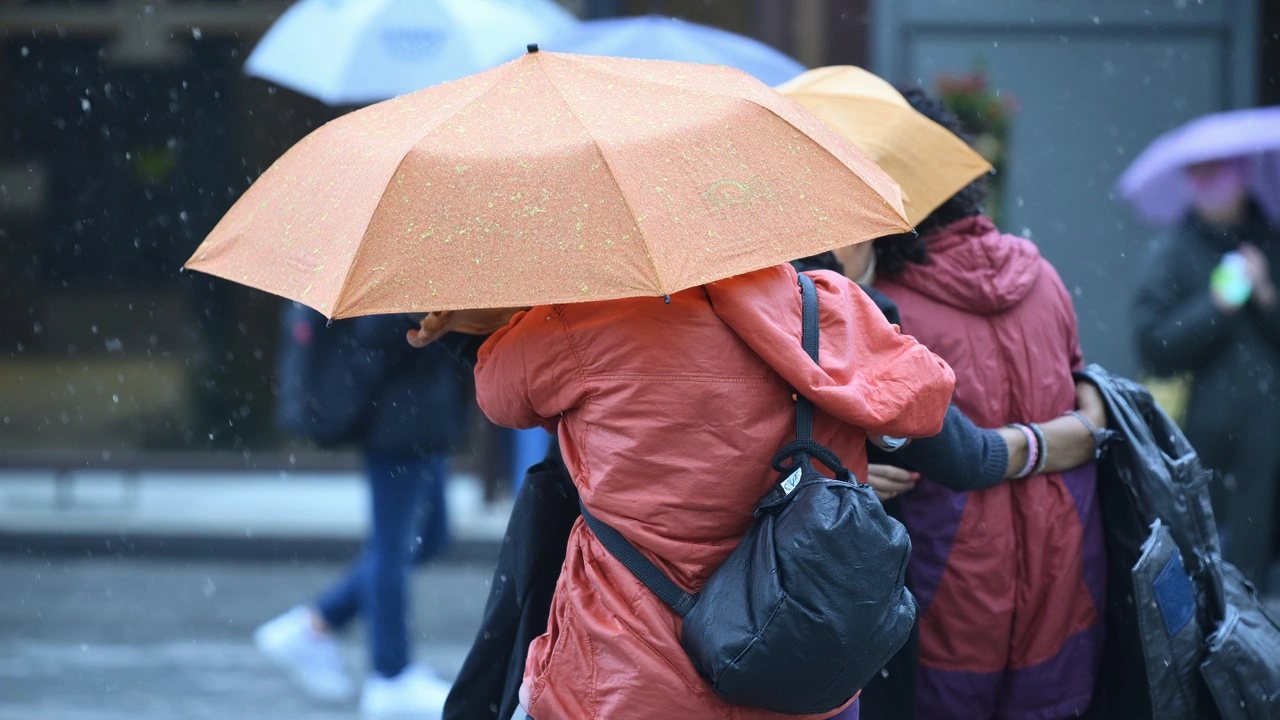Tornado Safety, Warnings and What You Should Do Right Now
Tornadoes can form fast and hit harder than you expect. Want simple, useful steps to protect your family and property? Read this quick guide to spot warnings, prepare a kit, and act fast when a tornado threat appears.
Before a tornado: prepare now
First, know how warnings reach you. Sign up for mobile alerts from your national weather service and keep a battery radio handy. Local TV and radio still blast urgent updates when phone networks go down.
Create a small emergency kit. Include water (one litre per person per day for three days), nonperishable food, a flashlight, spare batteries, a first-aid kit, essential medicines, copies of ID and insurance papers, and a charged power bank.
Pick a safe room at home: an interior room on the lowest floor with no windows, like a bathroom, closet or basement. If you don’t have that, identify a small interior hallway. Practice getting there in under two minutes.
Secure your property: tie down or store garden furniture, trim weak branches, and reinforce garage doors if possible. Loose items become dangerous projectiles in strong winds.
Have a plan for pets. Keep carriers, leashes and pet food near your safe room so you can grab them fast.
During and after a tornado: survive and recover
If a tornado warning is issued, go to your safe room right away. Cover your head and neck with your arms; use a mattress, heavy blankets or helmets for extra protection. Stay away from windows and doors.
In a vehicle? Don’t try to outrun a tornado. If you can safely reach a sturdy building, go inside. If not, find a low-lying ditch or culvert, lie flat and cover your head. Avoid bridges—they can amplify wind speed.
If you’re outside with no shelter, curl up and protect your head. Cars and mobile homes offer little protection—abandon them if you can reach a safe structure quickly.
After the tornado, check for injuries and call emergency services if needed. Watch for hazards like downed power lines, gas leaks and broken glass. If you smell gas, leave the area and report it.
Take photos of damage for insurance. Don’t enter severely damaged buildings until authorities say it’s safe. Keep receipts for emergency repairs and temporary housing; insurers usually need proof of expenses.
Need local help? Contact your municipal emergency services or the national weather office for shelter locations and recovery details. Community centers and relief agencies often set up assistance points after major storms.
One last thing: review your plan after any warning or event. Did the kit work? Was the shelter quick enough? Small improvements now make a big difference next time.
Stay alert, stay simple, and lean on trusted local alerts. A little prep today can keep you and your family safe tomorrow.

